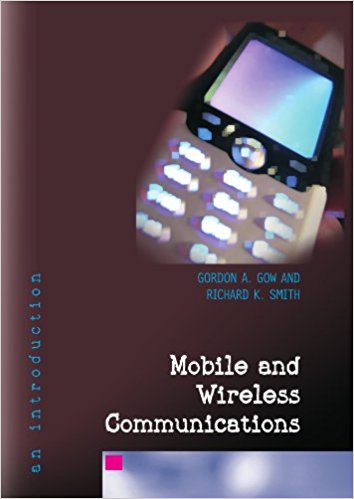- Intro
- Electromagnetic Energy = Radio Spectrum
- The radio spectrum is a naturally occurring resource
- Radio Basics
- Electromagnetic Pioneers
- Jean-Baptiste Fourier (1768-1830) – first theorized an idea of the radio spectrum
- Guglielmo Marconi (1874-1937) – credited with first successful experiments in wireless telegraphy in the late 19th century
- there is a system for dividing radio spectrum into discrete bands of frequencies and then allocating those frequencies for different purposes.
- different portions of the spectrum are suitable for different purposes
- Electromagnetic Energy
- different types of waves
- Sound Waves = Compressional Waves
- cannot travel in a vacuum
- move much slower and require a physical medium
- Radio Waves = Transverse Waves
- can travel in a vacuum
- are the result of a ‘vibrating’ magnetic field that is created by a pulsating electrical signal
- visible light, electricity, and radio waves are all part of the same extended family of energy
- compared with sound energy, radio waves travel at an extremely high velocity – at the speed of light (about 300,000,000 meters per second)
- Sound Waves = Compressional Waves
- The process of conversion from one type of energy into another and back again is known as modulation and demodulation
- In many cases radio technologies use both compressional and transverse waves to support human communication (by converting compressional to traverse and then back to compressional).
- modem = modulation-demodulation
- different types of waves
- Frequency and Wavelength
- frequency of the signal – the number of energy vibrations reaching an antenna each second
- one vibration per second is a Hertz (Hz)
- named after Heinrich Rudolf Hertz (1847-94) – a german physicist who is credited with being the very first person to send and receive radio waves in the laboratory
- one vibration per second is a Hertz (Hz)
- The longer the wavelength, the lower the frequency. The shorter the wavelength, the higher the frequency.
- frequency of the signal – the number of energy vibrations reaching an antenna each second
- Electromagnetic Pioneers

September 17, 2017